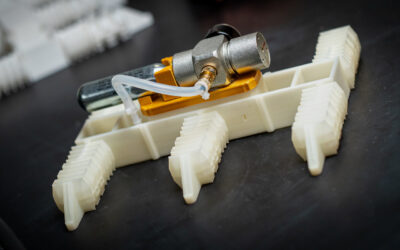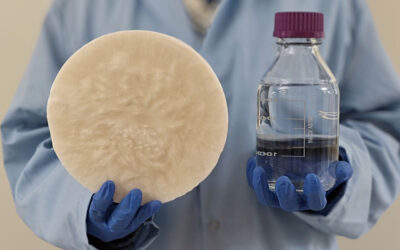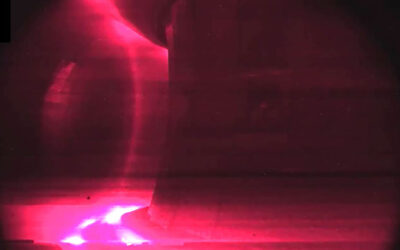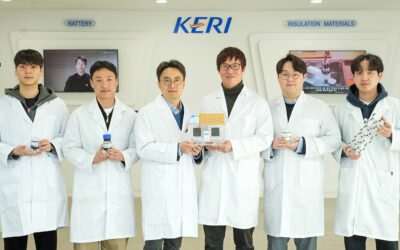The practical application and operation of implanted nanodevices relies on the implants being self-powered, which enables them to be independent, wireless and sustainable. One potential source of power for such devices is the biomechanical energy of muscle movement. Whilst the tiny physical motions of muscle movement and the natural variability inherent in these motions make harnessing them difficult, the single-wire generator (SWG) is a nanogenerator that has previously been shown to be suitable for this task. This device consists of a ZnO piezoelectric nanowire that is bonded at both ends to a flexible substrate, e.g. a muscle, with one end making a Schottky contact at the nanowire-substrate interface. Periodic flexing of the substrate alternately stretches and relaxes the nanowire, generating an alternating-current (AC). These generators have previously been shown to work under in vitro conditions but this study by Zhong Lin Wang and his team from the Georgia Institute of Technology demonstrates the feasibility of using such a device under in vivo conditions for the first time.
An SWG was fabricated and attached to the diaphragm of a live rat using a synthetic absorbable tissue adhesive. Before insertion, the device was coated in a flexible polymer to protect it from surrounding bio-fluids. The short-circuit current and open-circuit voltage across the device were measured, both whilst the rat was attached to a respirator and whilst the rat was breathing autonomously, to ensure that any measurement artifacts induced by the respirator could be ruled out. Alternate contraction and expansion of the diaphragm during inhalation and exhalation produced alternate positive and negative voltage/current pulses. Respirator-driven breathing, at a rate of 110 breaths per minute, generated voltage and current signals of magnitude 1 mV and 1 pA respectively. Autonomous breathing was slower, at a rate of around 90 breaths per minute, and deeper, generating larger magnitude voltage and current signals of 2 mV and 4 pA respectively.
When the SWG was attached to the heart of a live rat instead (as the video below shows), higher voltage and current outputs of around 3 mV and 30 pA respectively were measured, but also a more complicated dual-peaked electric signal was observed due to the stretching of alternate valves during the cardiac cycle.
This study represents an important step towards self-powered nanoimplants.
















